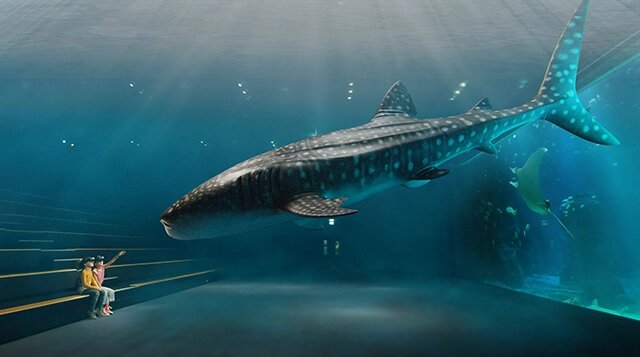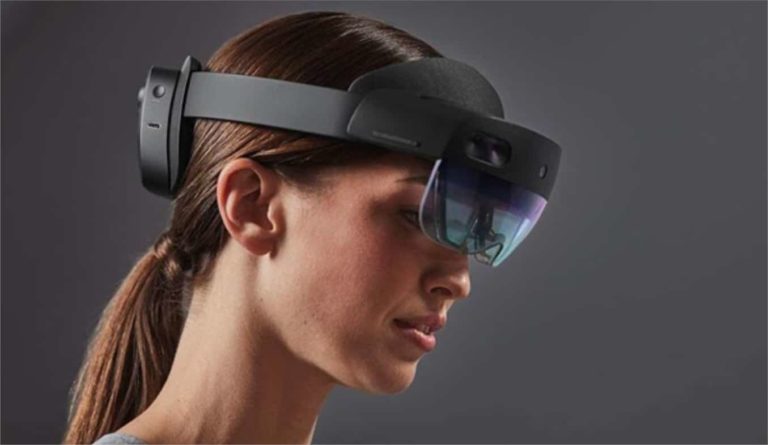Grand Large: underwater giants visible in augmented reality in an aquarium
In order to raise awareness of the issues surrounding the high seas, Nausicaá, Europe's largest aquarium, located at sea in Boulogne-sur-Mer, has set up an immersive augmented reality experience.
Grand Large: a unique and immersive experience with augmented reality
This project was carried out by the company Saola and by scientists in order to create animals identical to reality and an immersive journey that is more than qualitative. The Grand Large took more than 8 months of research and creation and cost more than one million euros.
In order to offer an animation as close as possible to scientific veracity, the project starts from the seabed of the island of Malpelo in the Pacific Ocean to arrive in the Indian Ocean in order to discover all the desired species.

This immersion takes place in front of a 100m2 bay that allows you to see the largest pool in Europe. Visitors are invited to wear Hololens 2 goggles that project augmented reality to discover species in 3D that are impossible to see in aquariums.
The experience takes place in several stages and the visitor is guided by a turtle of more than 2m who introduces him to underwater species. You can find a sunfish, a sailfish, tursiops dolphins swimming among the real fish of the aquarium. The highlight of the show is the encounter with a whale shark, a mammal of more than 14 metres in length, accompanied by a Bryde's whale of more than 15 metres.
Contact
Augmented reality for aquariums
Augmented reality is a technology that allows virtual elements (in 3D or 2D) to be superimposed on a real environment. This is possible from a smartphone, a tablet, a computer or even augmented reality glasses.
Thanks to augmented reality, this experience offers to dive into the depths with remarkable precision and quality. This will not only attract more visitors, but also offer a unique experience that represents species that are impossible to see in aquariums. Indeed, some species cannot live in aquariums or are long extinct. Thus, thanks to augmented reality, aquariums can make their offers more attractive and entertaining to viewers.
In addition to offering an immersive experience, it also helps to raise awareness among young people through an educational story. Thanks to this, it is possible to admire and understand what is at stake in the high seas and its eco-system which is threatened by human activity in this area.
Here, Microsoft's Hololens augmented reality goggles proved to be the most suitable, as in addition to augmented reality, they offer auditory immersion.

However, there are many other ways to use augmented reality for an aquarium such as a mobile application or filters on social networks.
Indeed, thanks to these two other solutions, the aquarium can offer content outside its building and thus reach more people. In addition, they will be much less expensive than the Grand Large immersive experience and will still have a significant return.